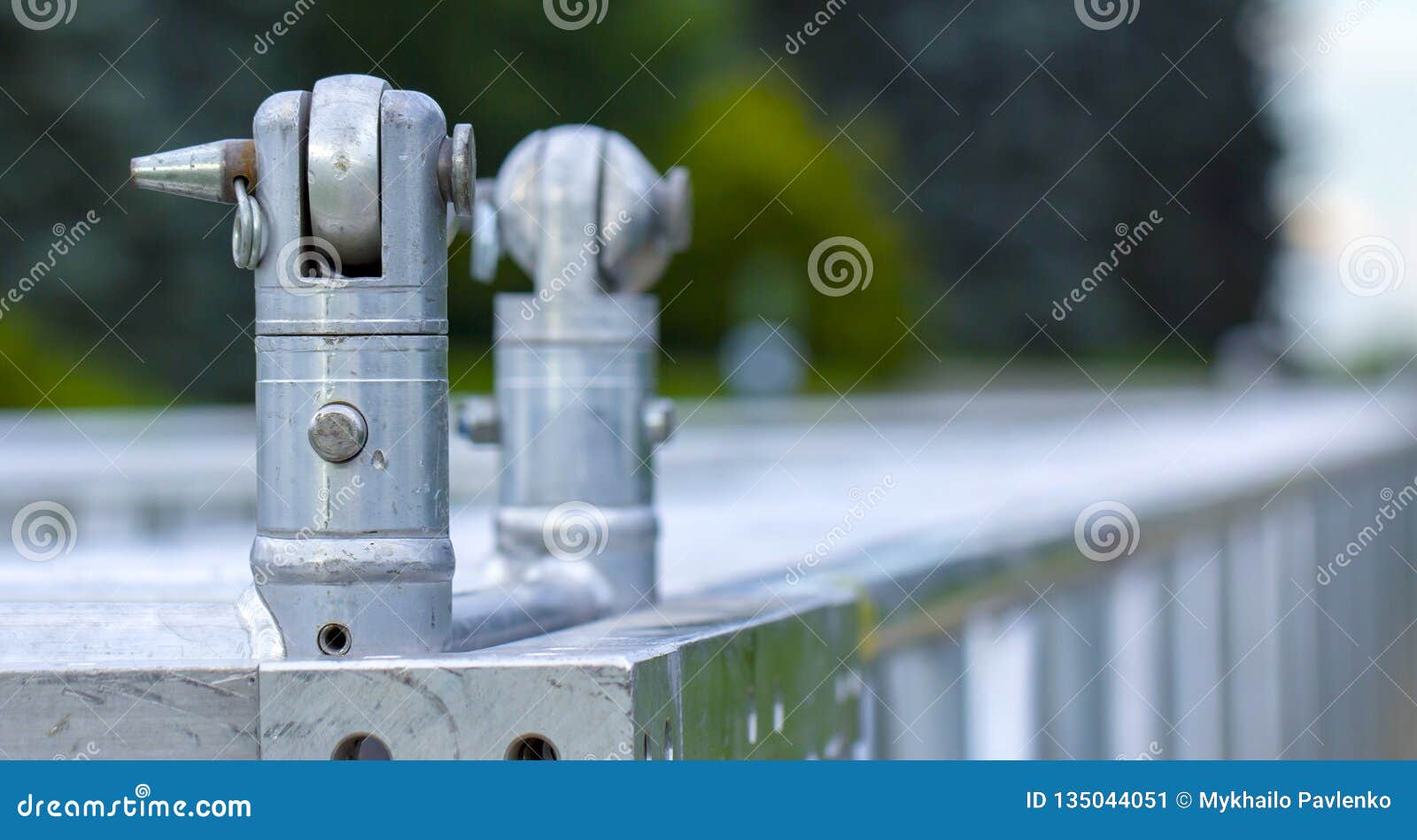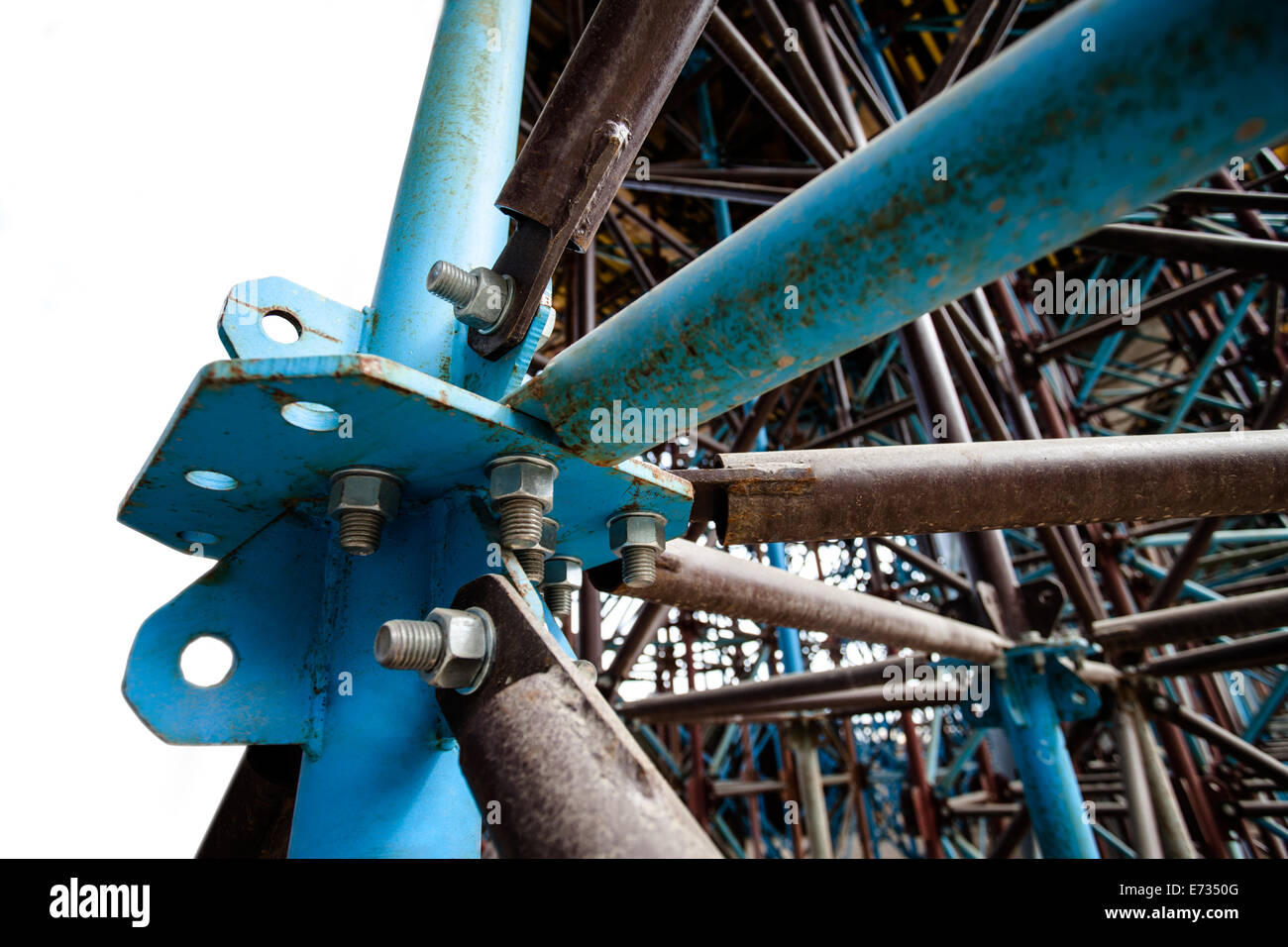
There is a significant interest in the medical community to create artificial bones that can mimic the natural bone. This work will lead to creating 3D structures that can be used in the replacement of not only bone segments, but entire bones. Upon mineralization, the cell-seeded trabecular implants treated with osteo-inductive agents and pretreated with CRFP showed a significant increase in the compressive modulus. Furthermore, cell-seeded trabecular scaffolds modulus increased fourfold when treated with CRFP. The mechanical strength of the scaffolds was enhanced by trabecular patterning in the order of 20% for compression strength and 60% for compressive modulus. The results show that cellular proliferation and bone matrix formation are both supported by our 3D-printed scaffolds. Integrity of these cell-seeded bone-coated scaffolds was tested for their mechanical strength. MC3T3 cells were cultured on these scaffolds in osteogenic media, with and without the addition of Calcitonin Receptor Fragment Peptide (CRFP) in order to assess bone formation on the surfaces of the scaffolds. MethodsģD-printed scaffolds based on physiological trabecular bone patterning were printed. The purpose of the study is to create a new generation of implants that are both biocompatible and biomimetic.


To overcome this, a novel technique of reverse engineering to create artificial scaffolds was designed and tested.
#Scaffold piercing joint full
Current implant techniques such as allografts or endoprostheses never reach full bone integration, and the risk of fracture due to stress shielding is a major concern. One of the major challenges in orthopedics is to develop implants that overcome current postoperative problems such as osteointegration, proper load bearing, and stress shielding.


 0 kommentar(er)
0 kommentar(er)
